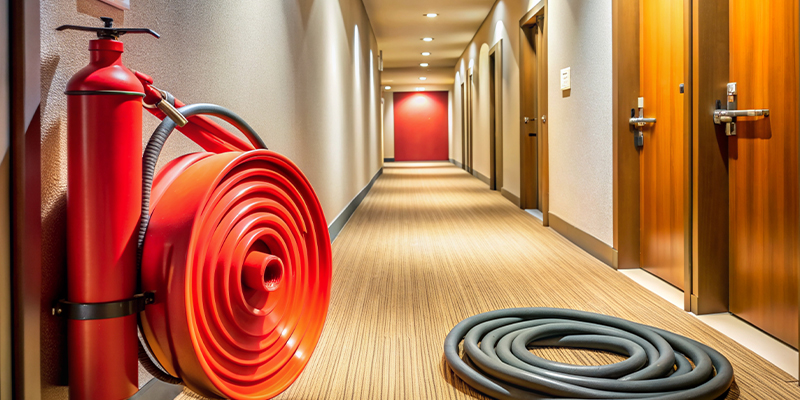
Fire extinguishers are crucial fire safety devices used to control or extinguish small fires before they escalate. They work by releasing an extinguishing agent that disrupts the fire’s chemical reaction. There are different types of fire extinguishers, each designed to tackle specific types of fires, making it essential to choose the right one for the situation.
Types of Fire Extinguishers and their uses:
Effective for Class A fires (ordinary combustibles like paper, wood, and cloth). They work by cooling the burning material.
Suitable for Class B fires (flammable liquids like petrol and paint). They create a barrier between the fuel and oxygen, preventing the fire from spreading.
Effective for Class B and C fires (electrical fires). CO2 displaces oxygen, smothering the fire and it doesn't leave residue, which is ideal for electrical equipment.
Versatile, suitable for Class A, B, and C fires. They work by creating a barrier between the fuel and oxygen and disrupting the chemical reaction.
Specifically designed for Class F fires (cooking oils and fats). They create a soapy foam that smothers the fire.
Effective for Class A, B, and C fires, and leave a non-flammable substance that can reduce the chance of reignition.